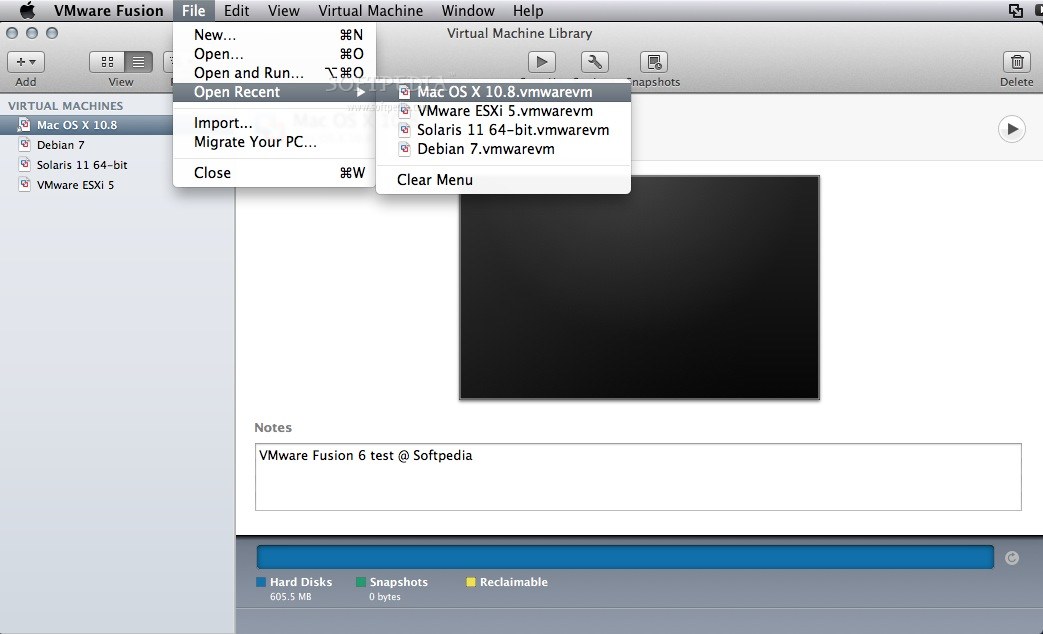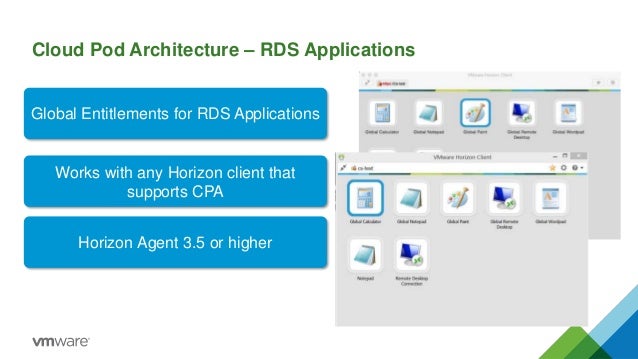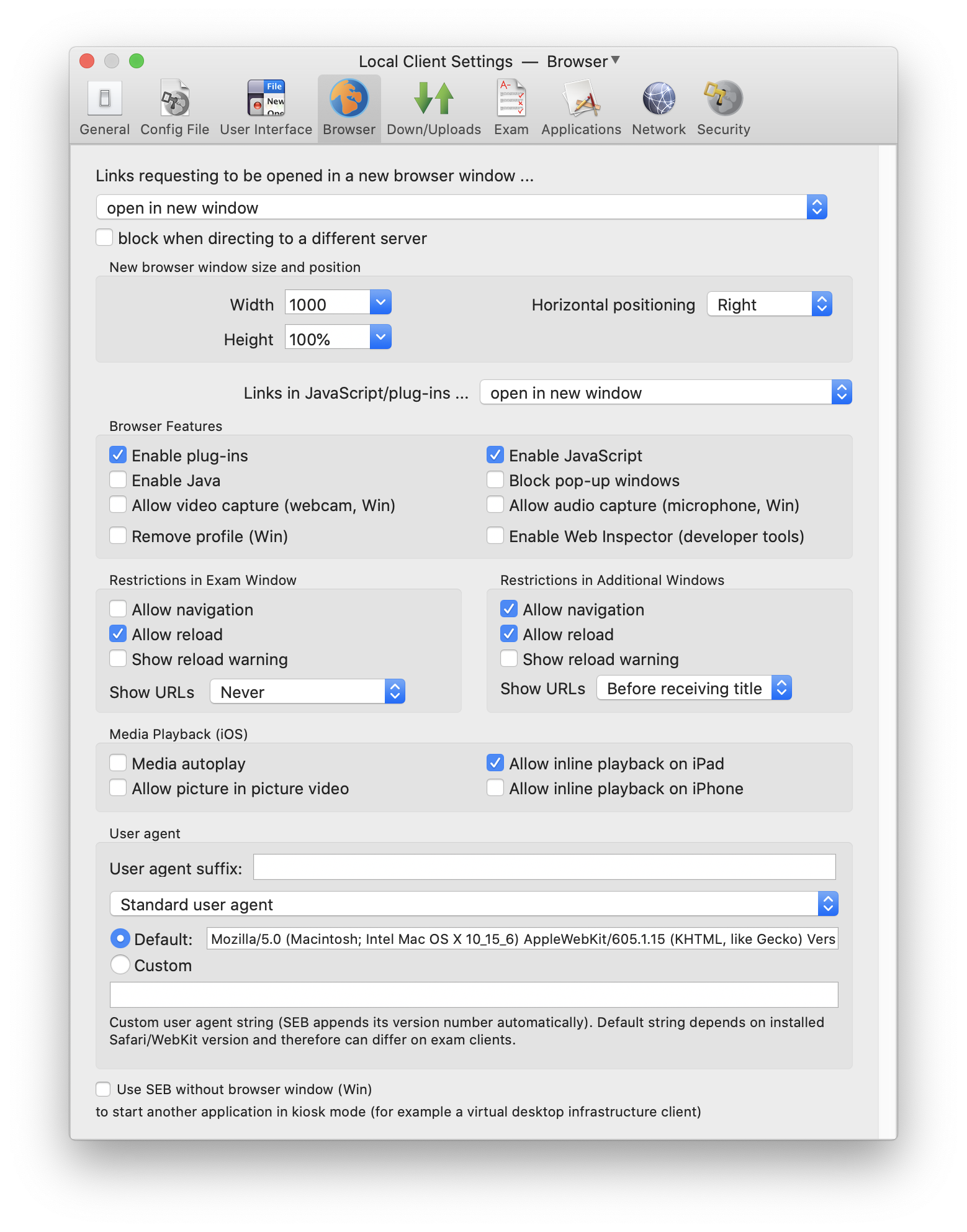Vsphere Client For Mac Os X 10.9
If you need to purchase Mac OS X 10.7 Lion, you may order it from this page. The most current version of OS X is OS X 10.9 Mavericks. To learn more, please click here. What do you receive: An email with a content code for the Mac App Store. Note: Content codes are usually delivered within 1 business day but may occasionally take longer. Jul 03, 2014 Support Communities / Servers and Enterprise Software / Mac OS X Lion Server Announcement: The Apple Support app has updated, smarter features and a bold new look. How do you download pages for mac 10.7.5? It's saying that I need 10.9 to download the program. Posted on Jul 3, 2014 8:17 AM. This software can be installed on Mac OS X 10.10 or later. This app's bundle is identified as com.apple.iWork.Pages. From the developer: Pages ’09 is both a streamlined word processor and an easy-to-use page layout application. It allows you to be a writer one minute and a designer the next, always with a perfect document in the works. Pages for os x 10.7.
- Vsphere Client For Mac Os X 10.99
- Vmware Vsphere Client For Mac
- Vsphere Client For Mac Os X 10.99 Mavericks Download
- Vsphere Client For Mac Os X 10.9s X 10 9 Download Free
| Release date: 15 NOV 2016 | Build number: 4586971 Version 4.2.0. Last document update: 7 NOV 2017 Check frequently for additions and updates to these release notes. |
Contents
New Features in This Release
Mar 10, 2014 OS X 10.7; OS X 10.6 Server; The installer would in most cases be either a CD/DVD or an image of a CD/DVD. Images of CD/DVD’s in the Apple world, is of the DMG file type, which both the vSphere Client and vSphere Web Client supports, as long as “All files (.)” are selected from the file-type drop-down in the “Select Datastore ISO file. Mar 10, 2014 OS X 10.9 Mavericks is free, so that just needs to be downloaded from the Mac App Store, preferably with a dedicated company account, instead of your typical private account. If there is a need for more than a single license of the OS X Server app, the best place to purchase is via the Apple Store.
This software supports Open Virtualization Format (OVF) packages created with previous versions of the OVF Tool, and produces files compatible with OVF specifications 1.0 and 0.9. OVF Tool 4.2 has some new features including many that emphasize security.
- Added SHA256 and SHA512 support for both manifest validation and digital signing.
- Improved security by disabling TLSv1.0 protocol.
- Added
--sslVersionoption to specify SSL version for HTTPS connections. - Improved security by disabling Diffie Hellman cipher from the default cipher suite.
- Added
--sslCipherListoption to override default cipher suite. - New NVRAM support for the EFI boot type (secure boot).
System Requirements for OVF Tool
The OVF Tools supports the following operating systems and software. High sierra download for mac.
Supported Operating Systems
The OVF Tool supports the following Windows 32-bit (x86) and 64-bit (x86_64) operating systems:
- Windows 10 32-bit (x86) and 64-bit (x86_64)
- Windows Server 2012 and 2012 R2 64-bit
- Windows 8.1 32-bit (x86) and 64-bit (x86_64)
- Windows Server 2008 R2 64-bit
- Windows 7 32-bit (x86) and 64-bit (x86_64)
The OVF Tool supports the following Linux operating systems:
- CentOS 7.1 and earlier
- Fedora 22 and earlier
- Oracle Linux 7.1
- RedHat Enterprise Linux (RHEL) 7.1 and earlier
- SUSE Linux Enterprise Server (SLES) 12.1 and earlier
- Ubuntu 15.04 and earlier
- VMware Project Photon
The OVF Tool supports the following Mac OS X 64-bit operating systems:
- Mac OS X 10.11
- Mac OS X 10.10
- Mac OS X 10.9
Supported VMware Products and Platforms
Version 4.2 of the OVF Tool supports the following VMware software:
- vSphere 6.5, 6.0, and 5.5
- vCloud Director 8.20, 8.10, 8.0, 5.6, and 5.5 (source from OVF or OVA types only)
- ESXi 6.5, 6.0, and 5.5
- vCloud Suite 6.5, 6.0, and 5.5
- Horizon View 5.x, 6.x, and 7.x
- VMware Workstation 12.x
- VMware Fusion 8.x
- App Volumes 3.0, 2.11, 2.10, and 2.9
- VMware Studio can generate OVF packages.
OVF support is built into the vSphere (Web) Client that installs from vCenter Server. It is compatible with vSphere and ESXi hosts. Newer versions of vSphere supply later versions of the OVF Tool. ESXi and vCenter Server versions older than 5.5 are deprecated; the next release will not support them.
Space Requirements for OVF Packages
A virtual machine is stored as a set of files on disk. In the VMware runtime format, these files have extensions .vmx, .vmdk, .vmsd, .vmxf, and .nvram. The VMware hypervisor requires these file formats, which are optimized for efficient execution. An ESXi host often uses fully allocated flat disks in a VMFS file system to optimize virtual machine performance.
Jul 02, 2020 If the built-in disk came APFS-formatted, Disk Utility suggests APFS. Don't change it to Mac OS Extended. Are you about to install macOS High Sierra or later for the first time on the disk? If you need to erase your disk before installing High Sierra or later for the first time on that disk, choose Mac OS Extended (Journaled). Jun 01, 2020 The version of macOS offered by macOS Recovery might vary in some cases: If macOS Sierra 10.12.4 or later has never been installed on this Mac, Option-Command-R installs the macOS that came with your Mac, or the closest version still available. And Shift-Option-Command-R isn't available. If you erased your entire disk instead of just the startup volume on that disk, macOS Recovery might. When you have the need to format a hard drive under macOS 10.13 High Sierra, it typically requires the use of third-party hard drive format software like Disk Utility. In this article, we will introduce you a few tools you can use for formatting hard drive under macOS 10.13 High Sierra. First of all, get your data backed up before do the format. Formatting mac for high sierra.
The OVF standard supports efficient, secure distribution of vApps and virtual machine templates. OVF is optimized for these goals, rather than for efficient runtime execution. OVF does not include specific information on runtime disk format because such information is not required until the virtual machine is deployed. When you package appliances with OVF, you can optimize one vApp for high performance in a production environment, and optimize another for minimal storage space during evaluation.
The following table contrasts a virtual machine in VMware file format with a virtual machine in OVF format. OVF employs a compressed sparse format for VMDK files. Virtual disks in that format cannot be used directly for execution without conversion.
| VMware Format | OVF Format | OVA Format | |
|---|---|---|---|
| Files | LinuxAppliance.nvram LinuxAppliance.vmdk LinuxAppliance-s001.vmdk LinuxAppliance-s002.vmdk LinuxAppliance.vmsd LinuxAppliance.vmx LinuxAppliance.vmxf | LinuxAppliance.ovf LinuxAppliance-0.vmdk LinuxAppliance-1.vmdk LinuxAppliance-2.vmdk | LinuxAppliance.ova |
| Total Size | 251MB using thin provisioning 4000MB using thick provisioning | 132MB | 132MB |
Installing the OVF Tool
Download the Installer
- Download the VMware OVF Tool as an installer or an archive (zipped/compressed) file:
Operating System Download Filename Linux 32-bit VMware-ovftool-4.2.0-*-lin.i386.bundleLinux 64-bit VMware-ovftool-4.2.0-*-lin.x86_64.bundleOS X 64-bit VMware-ovftool-4.2.0-*-mac.x64.dmgWindows 32-bit VMware-ovftool-4.2.0-*-win.i386.msiWindows 64-bit VMware-ovftool-4.2.0-*-win.x86_64.msi - Install the downloaded file using the appropriate method for your operating system:
Operating System Download Filename Linux 32 bit Run the shell script as ./VMware-ovftool-4.2.0-*-lin.i386.bundleLinux 64-bit Run the shell script as ./VMware-ovftool-4.2.0-*-lin.x86_64.bundleMac OS X 64-bit Double-click the package installer, VMware-ovftool-4.2.0-*-mac.x64.dmgWindows 32 bit Double-click the installation file, VMware-ovftool-4.2.0-*-win.i386.msiWindows 64-bit Double-click the installation file, VMware-ovftool-4.2.0-*-win.x86_64.msi
Complete the Installation Steps
Follow this procedure for all installations:
- At the Welcome screen, click Next.
- At the license agreement, read the license agreements, select “I agree..” and click Next.
- Accept the path suggested or change to a path of your choice and click Next.
- When you finish choosing your installation options, click Install.
- When the installation is complete, click Next.
- Deselect Show the readme file if you do not want to view the readme file, and click Finish to exit.
Running the OVF Tool from a Windows Command Line
After installing the OVF Tool on Windows, you can run the OVF Tool from the Windows command line.
Vsphere Client For Mac Os X 10.99
- From the Start menu, click Run.
- In the Run dialog, enter
cmdto open the Windows command line tool.
If you have the OVF Tool folder in your Path environment variable, you can run the OVF Tool from the command line.
Adding the OVF Tool to your Path Environment Variable
The following instructions are for Windows 7, but the steps are similar on other Windows systems.
- Right-click My Computer.
- Select Properties.
- Select Advanced system settings.
- Select Environment Variables.
- Highlight (select) the Path variable in the System variable (lower) pane.
- Click the Edit button and type the path to the folder where you installed the OVF Tool (at the end of the existing path).
Known Issues in This Version
The ovftool option --allowAllExtraConfig is no longer supported. The command-line option --allowAllExtraConfig never worked as designed. As of release 6.5 U1, vSphere no longer supports this option. The workaround is to use --allowExtraConfig instead to import additional configurations.
The OVF Tool supports OVF specifications 0.9 and 1.0, but does not support OVF specification 2.0 (not to be confused with OVF Tool version 2.0). For workarounds to allow import of VirtualBox OVF 2.0, see this web page.
The ovftool--proxy=proxy.example.com option should work, but when used within vSphere, it does not. To make a network connection through the proxy server, you must add the --X:viUseProxy option as documented in the OVF Tool User's Guide.
You cannot use OVF Tool for deploying a VM to static DVS port groups. To work around this issue:

- Use vCenter Server to create an ephemeral port on the desired network.
- Deploy the appliance to that port group on an ESXi host.
- Switch the appliance over to that static port group.
- Use vCenter Server to delete the ephemeral port group.
Deprecated Features
Vmware Vsphere Client For Mac
There are no deprecated features in version 4.2 of the OVF Tool, but support for Windows XP and Windows Server 2003 has been discontinued.
Many of us who run Nested ESXi in our home labs for development/testing purposes are pretty familiar with the requirements to properly setup a Nested ESXi environment such as CPUs supporting both Intel-VT+EPT or AMD-V+RVI and enabling both Promiscuous Mode and Forged Transmits on the portgroup that your Nested ESXi VM is connected to. Though these requirements have become second nature to most of us, it may not always be obvious on why they are required, especially for new users of Nested ESXi.
UPDATE 09/01/2014 - Take a look at this article for an updated solution to the problem mentioned below.
Vsphere Client For Mac Os X 10.99 Mavericks Download

I specifically wanted to focus on the networking requirements where both Promiscuous Mode and Forged Transmits are required to be enabled. At a high level, most of us have understood this as a prerequisite for proper network connectivity for the Nested Virtual Machines running inside of your Nested ESXi host, but why is that?
Promiscuous Mode:
Both VMware VSS (Virtual Standard Switch) and VDS (vSphere Distributed Switch) do not implement MAC Learning like a traditional network switch, since the vSphere platform already knows which MAC addresses are assigned to a particular Virtual Machine. This means that the virtual switch will only forward network packets to a Virtual Machine if the destination MAC Address matches the ESXi vmnic's (pNIC) MAC Address.
Into the blank field and hit Enter.You will be taken to the VLC folder that carries a few files relating to the program, including a file titled VLRC. In the window that pops up, type. Tap on the File tab and select the Save option, or simply press Ctrl + S. Vlc for mac sierra high. Go to the Edit option at the top, select Find from the drop-down menu that appears, and search for “Resize Interface to the native Video Size.”Look for the Resize Interface to the native Video Size option when it is highlighted from the search results, and change the value at the end of the line from 1 to 0. Open the VLRC file using the notepad program.Note: before using this method, make a copy of the original VLRC file in case you make a mistake while modifying the file and need to replace the damaged file with the original one.Here you will see a long list of lines of code written across the page.
In a Nested ESXi environment where you can have Nested Virtual Machines, the destination MAC Address for network packets destined to those Virtual Machines will differ from the Nested ESXi vmnic's MAC Address. Due to this, the physical ESXi host's virtual switch will drop the packet if Promiscuous Mode is not enabled. Promiscuous Mode allows the underlying Nested ESXi VM vmnic to monitor all traffic of the virtual switch it is connected to and thus providing connectivity to the underlying Nested Virtual Machines.
An interesting observation was recently made by Anthony Spiteri with his article about Reduced Network Throughput with Promiscuous Mode PortGroups. Since Promiscuous Mode allows all traffic from the virtual switch to be visible on the configured portgroup, there is definitely going to be some amount of overhead when enabling this setting. If you drive a large amount of network traffic for your regular Virtual Machines, you may want to consider separating out your Nested ESXi environment.

Forged Transmits:
Chris Wahl has already written an excellent article on Forged Transmits and its implication with Nested ESXi. I highly recommend you check out this blog post for the details.
Vsphere Client For Mac Os X 10.9s X 10 9 Download Free
Additional Resources:
https://expertsgol.netlify.app/x11-for-mac-os-x-sierra.html. May 02, 2017 X11 is no longer included with Mac, but X11 server and client libraries are available from the XQuartz project.